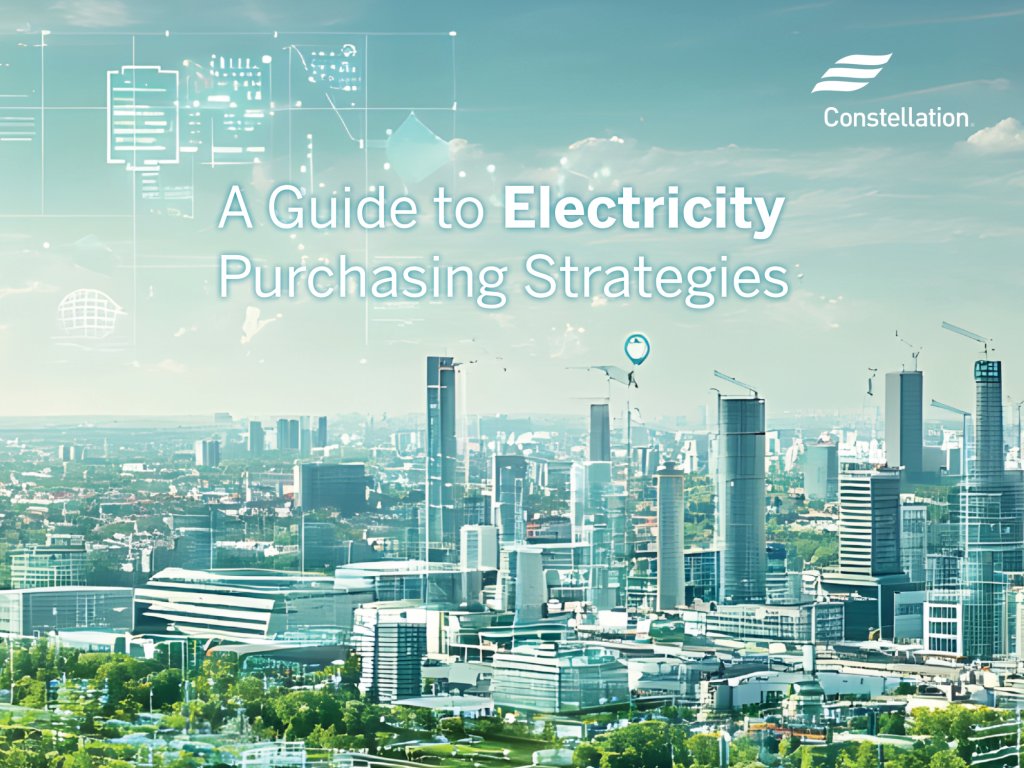State of Green Business: Shadow pricing steps into the limelight
Walmart, Disney and General Motors are among the powerful companies putting a price tag on environmental impacts. Read More
One of a series of excerpts from the 2014 State of Green Business report (download here).
In a world where money talks, and where “you can’t manage what you can’t measure,” it would follow that putting a monetary value on environmental impacts would rule the day. It hasn’t, yet, but that may be changing. A small but growing number of companies are putting a “shadow” price tag on carbon emissions, water use, even land conservation in order to more effectively manage these aspects of sustainability.
A shadow price is, simply put, the estimated price of a good or service for which no market price exists, or where the market price doesn’t reflect the full replacement cost.
Carbon pricing
Greenhouse gas emissions fit into the first category — an activity with no tangible value. But that isn’t stopping companies from placing a price on carbon for internal accounting purposes. A 2013 report by CDP (formerly the Carbon Disclosure Project) [PDF] found at least 30 companies — including utilities (American Electric Power, Xcel Energy), energy companies (Exxon, Shell), technology companies (Google, Microsoft), airlines (Delta), financial services firms (Wells Fargo), retailers (Walmart) and consumer brands (Disney) — setting an internal price ranging from $6 to $60 per metric ton on their carbon pollution.
Why bother? For many, it’s part of a long-term risk-management strategy, a means of talking about carbon in the language of business, then rewarding parts of the company that can demonstrate cost savings to the company from lowering emissions.
Most companies use internal carbon pricing to fund energy efficiency, water conservation and other investments in sustainable resource management. That’s the strategy at Microsoft, which launched a carbon-pricing scheme in 2012 as part of a pledge to become “carbon neutral.” “The carbon fee policy provides an incentive for our business groups to reach the company’s objective of carbon neutrality,” explained TJ DeCaprio, senior director of environmental sustainability at Microsoft. “Working with our finance team, our model is to charge a fee for the carbon associated with the use of electricity and business air travel. The funds collected are invested in additional efficiency, clean energy and carbon offset projects.” Some fees are used to fund carbon offset projects, such as forest conservation or reforestation.
In its report, CDP called the use of internal carbon price by companies an “incentive and strategy planning tool.” Carbon pricing “has become standard operating practice in business planning, in that the companies acknowledge the process of ongoing climate change — including extreme and unpredictable weather events — as a key relevant business factor for which they wish to be prepared,” it said.
Water assessment
Water is an example of a resource where the market price doesn’t reflect the full replacement cost. The price of water often doesn’t reflect its value — that is, the cost of replacing it if it’s not available. If lack of access to water renders a company or facility inoperable, the value of water can be sky-high — or maybe even “priceless.”
Some companies are factoring the value of water into risk analysis. For example, General Motors calculated that a one-month disruption at one of its production facilities in Mexico, an area hard hit by drought, could result in a loss of $27 million in net income.
Companies that acknowledge water scarcity are building that risk into investment decisions through shadow pricing — an internal price that’s set above the actual price of water, which is done if a company believes a water shortage is a risk to a line of business or project. “Water Valuation: Building the business case,” a 2012 report by the World Business Council on Sustainable Development, identified 21 business case studies that illustrate why and how different companies have carried out water valuation initiatives.
More key applications
It’s not just water and carbon. Shadow pricing is being applied to land conservation, air quality, fisheries and more — everything from trees to bees. In other words: to natural capital.
It makes sense. Economists like to tout the “efficient markets theory,” which states that the price of an asset reflects all relevant information available about the intrinsic value of the asset. That theory works well with traditional commodities, such as cotton, coffee or crude oil, but it falls short when looking at the market basket of “commodities” commonly thought of as natural capital: clean air, pest control, climate regulation and other “nature’s services” for which there is no price tag. Yet, most companies can’t operate without these things.
This is admittedly hard stuff. The complexities of shadow pricing are so great that corporate finance teams — by nature, a conservative bunch — have shied away. They don’t do anything unless fairly certain they can accurately measure potential scenarios and outcomes. But more enlightened financial executives are coming to realize that just because it is difficult doesn’t mean you shouldn’t do it.
And more companies are coming to the table. Witness the creation in late 2013 of The Prince of Wales’s Accounting for Sustainability Project, which involves the chief financial officers of some of Europe’s biggest corporations. They’ve come together to focus on the role CFOs play in integrating environmental and social issues into financial decision making. The group’s activities “will include improved modelling of future risk and uncertainty as well as engagement with investors and other stakeholders to increase their understanding of the commercial benefits of sustainable business models.”
Good information can lead to good decisions. Consider a 2010 study by two professors from Oregon State University, who used a “multi-output economic production frontier model” to estimate shadow prices for a set of wetland ecological functions for a watershed in the mid-Atlantic region of the United States. It found that for some sites in this watershed, the land yielded more economic value performing its ecological magic than being turned into farmland. Having that information could be a boon to companies and communities alike. At minimum, it offers a valuable opportunity for a community dialogue about how to value its assets for the short and long term.
As the OSU professors demonstrated, a lot of this stuff is still academic, not yet a part of conventional accounting procedures. But a review of the accounting trade journals — not to mention a scan of GreenBiz.com — suggest that shadow environmental pricing of environmental and social impacts is slowly moving from the margins to the mainstream.
It’s a fitting response to our data-intensive world of rabid consumerism, where we tend to know the price of everything, but not necessarily its value.
Price tags photo by Palto via Shutterstock













